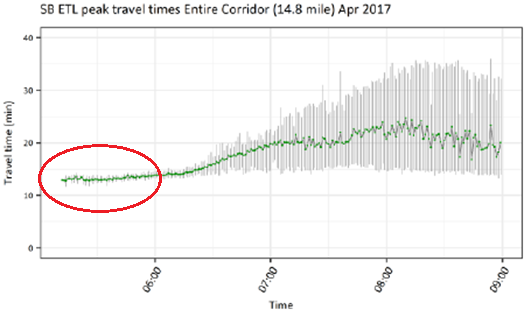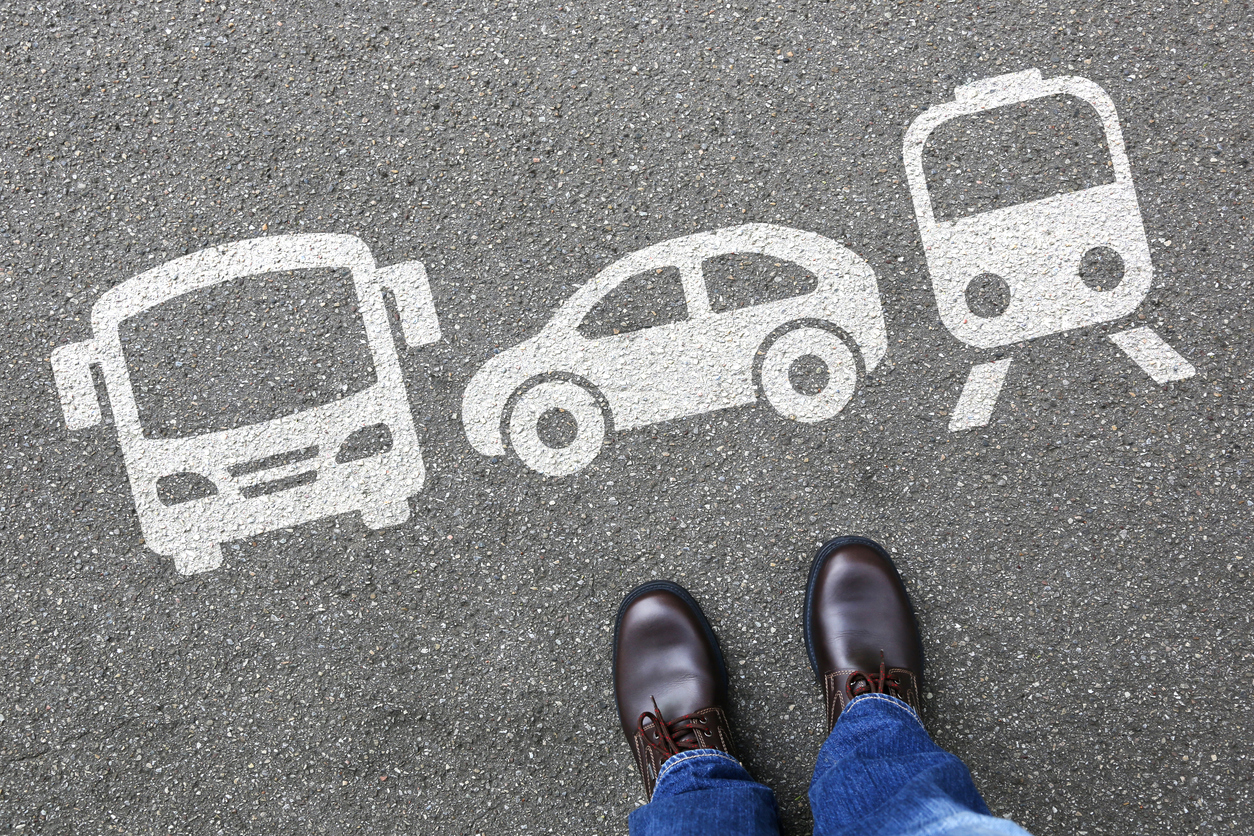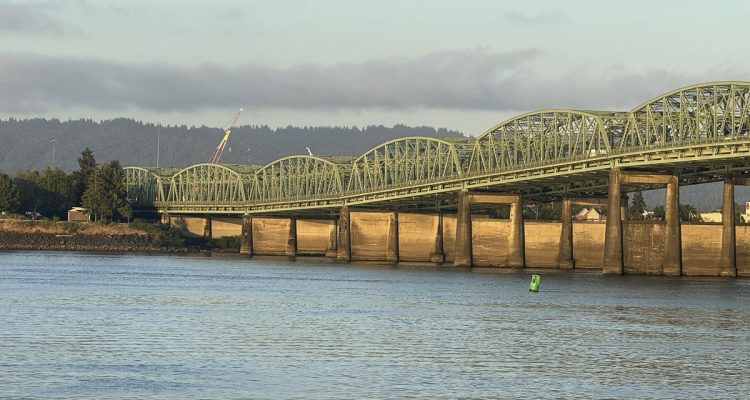*Note: this blog is part 4 of a short blog series on the University of Minnesota I-405 toll lane study released on 12/13/17. Read part 1 here, part 2 here, and part 3 here.
The University of Minnesota, overseen by the Joint Transportation Committee, recently provided a report of the I-405 Express Toll Lanes (ETLs) after two years of operations. Although toll lanes are generating sufficient revenue to pay for operations, they have failed to meet the speed requirement in state and federal law. Toll lanes are failing to operate at 45 miles per hour at least 90 percent of the time.
Rather than terminating the toll lanes, the state-funded report provides several short and long-term recommendations to improve ETL operations so the state can continue to profit from toll revenue.
One of the recommendations strikes me as particularly dishonest: expanding the morning peak period from 5-9AM by one hour to 5-10AM. This would boot out 2+ HOV motorists who use the ETLs for free between 9-10AM.
The analysts reason that “the current AM peak period hours restrict free use of the ETL facility for 2+ HOV motorists at a time when the facility could support them (5-6AM), and they permit 2+ HOV motorists to use the facility for free at a time when the facility is congested, and therefore it doesn’t have the capacity to support them (9-10AM).”
This may help out ETL travel between 9-10AM, but would make it worse for 2-person carpools, who would get forced into general purpose lanes, leading to increases in general purpose congestion.
It would seem the best solution would be to shift the four-hour peak period from 5-9AM to 6-10AM, not expand it to five hours (5-10AM). The report argues that shifting the peak period and allowing 2+ HOV commuters to travel for free in the ETLs between 5-6AM “when the facility could support them” would “contribute to unintended congestion.”
Figure 9 in the report illustrates that there is no real reason for WSDOT to be concerned about the 5-6AM period at this time, as ETL traffic is in total freeflow, with minimal variation:

The report affirms that “while the defined peak period is from 5AM to 9AM, the actual peak travel time starts after 6AM and extends beyond 9AM.”
So why is WSDOT so intent on keeping 5-6AM as a part of their defined “peak period”? One reason could be that averaging travel times over a larger range of data yields better results.
This is best illustrated by the state’s preference to measure HOV corridor performance at peak hour, and ETL performance at peak period. As a result, WSDOT gets to report that nine out of 12 HOV corridors in the Puget Sound are failing to meet the state and federal speed requirement, but that ETLs are generally successful. After all, successful toll lanes help public officials make the case for expanding tolls to other parts of the region. These statistical acrobatics also enable public officials to say that HOV lanes are failing and should be turned into toll lanes instead.
As with all of the other recommendations provided in the report – it seems that toll revenue, not improved mobility for commuters – is the end-all.
Even if WSDOT officials shifted the peak period, the problem remains: the ETLs are not hitting their speed requirements and are in violation of state and federal law.






